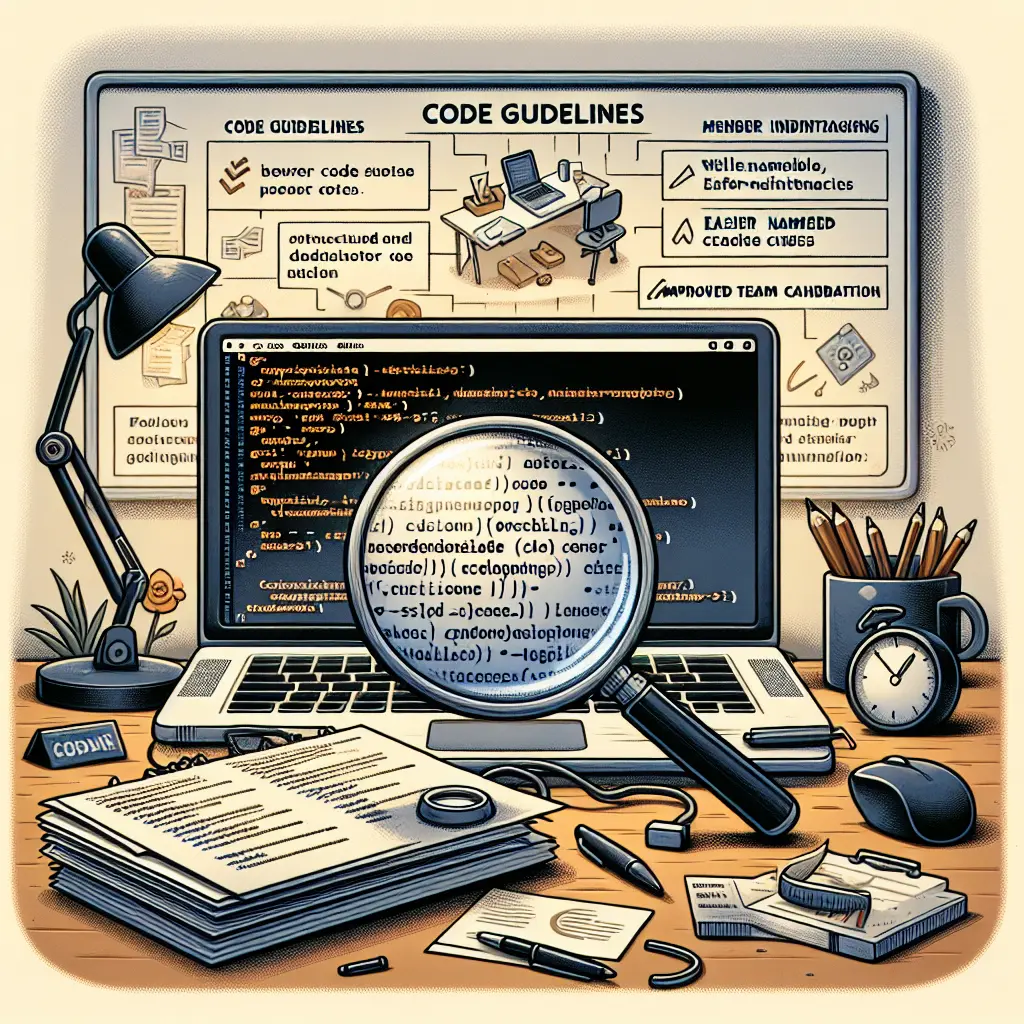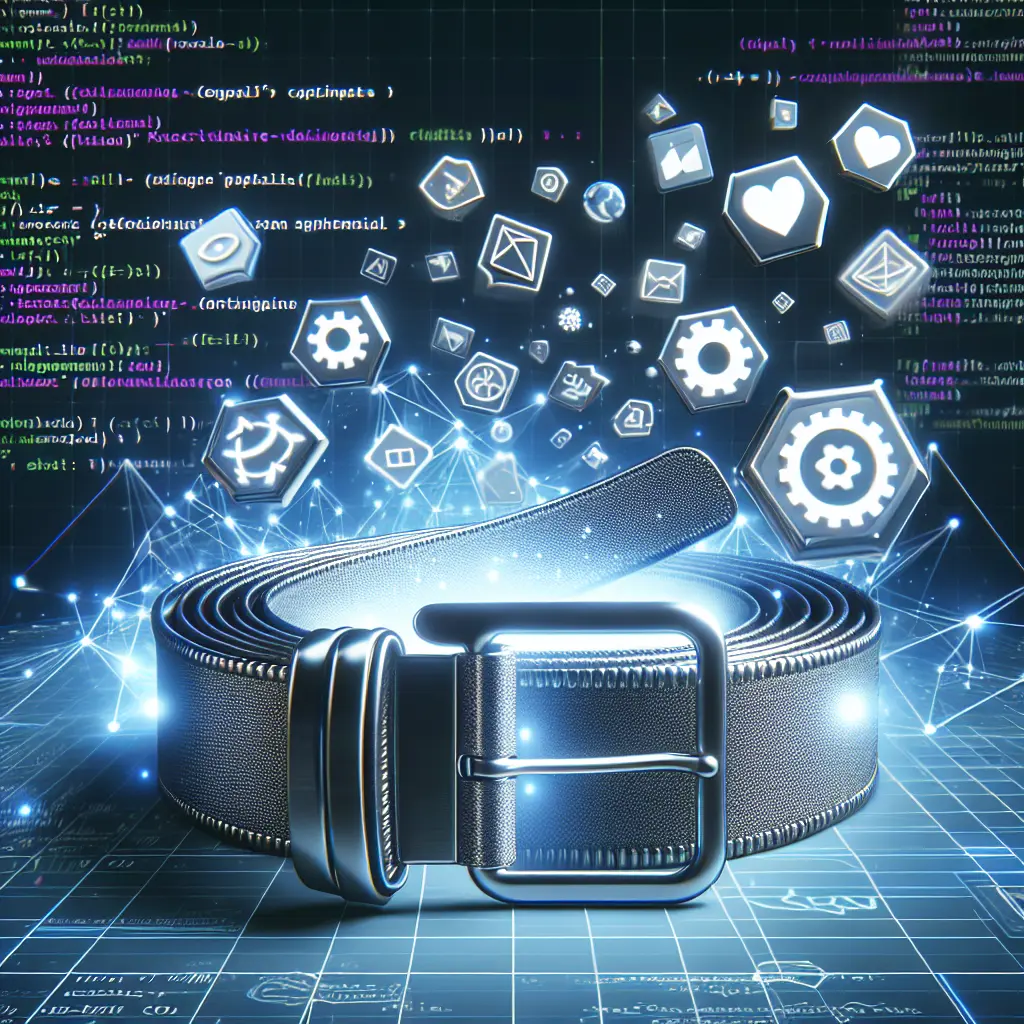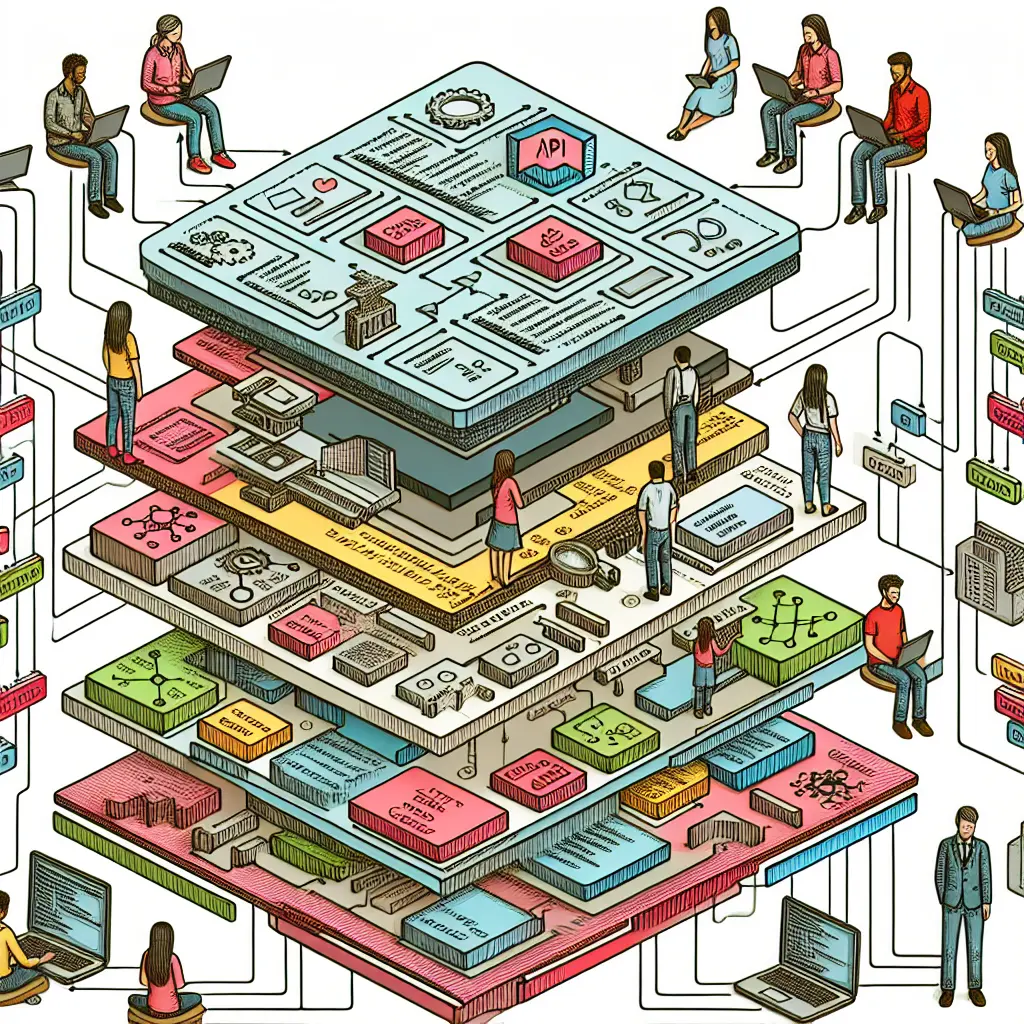In the rapidly evolving world of software development, the significance of code readability cannot be overstated. As a cornerstone of coding best practices, readable code is essential not only for enhancing developer productivity but also for ensuring long-term software maintainability. Writing clean code is a hallmark of effective software engineering, as it facilitates smoother collaboration among developers and accelerates the software development process.
The importance of code readability extends beyond immediate comprehension; it lays the groundwork for high code quality and robust software maintainability. When programmers embrace programming readability and adhere to consistent coding standards, they contribute to a more intuitive and error-free development environment. This focus on improving code readability is not just about aesthetics—it's about reaping the benefits of readable code, such as reducing the time and effort required for debugging and updates.
As we delve deeper into the realm of code readability tips, we'll uncover practical strategies to enhance programming efficiency and quality. By exploring these techniques, developers can optimize their workflows and deliver projects that stand the test of time. Join us as we navigate the intricacies of crafting readable code and unlock the full potential of software development through refined coding practices.
In the dynamic landscape of software development, the importance of code readability is a subject that continues to gain attention and relevance. As highlighted by industry leaders and research articles, clear and understandable code is not just a matter of preference but a critical component of effective software engineering. This section will delve into the myriad reasons why code readability is essential, supported by current trends and insights from recent studies and expert opinions.
Code readability directly influences developer productivity. When code is easy to read and understand, it reduces the time developers spend deciphering what the code is meant to do, thereby allowing them to focus on actual development and problem-solving. According to an article from Geeky Gadgets, Mark Zuckerberg has predicted that AI will soon be able to write most software. However, even with AI-generated code, human developers will need to review and understand the codebase to ensure it aligns with project goals and standards. This underscores the need for readable code that can be easily interpreted and modified by humans.
Enhancing Developer Productivity and Collaboration
Moreover, readable code fosters better collaboration among development teams. As teams grow and projects become more complex, maintaining consistent coding standards becomes vital. This consistency ensures that all team members can quickly understand each other’s contributions, facilitating smoother integrations and reducing the likelihood of bugs or conflicts during the software development process.
Code reviews are an integral part of maintaining high code quality. They serve as a checkpoint to identify potential issues early in the development process. When code is written with readability in mind, it simplifies these reviews, making it easier for peers to provide feedback and suggest improvements. As noted in a study published on PLOS Computational Biology, having clear and well-documented code is one of the "ten simple rules" for good model-sharing practices. This principle applies broadly across software projects, emphasizing the role of readability in facilitating effective peer reviews.
Readable code also significantly impacts software maintainability. As projects evolve, the need to update or refactor code arises frequently. Clean code that adheres to established coding standards ensures that these updates can be made efficiently without introducing new errors or bugs. This long-term maintainability is crucial for the sustainability of software products, particularly those expected to have a long lifecycle.
One of the key benefits of readable code is its ability to reduce errors. Clear code minimizes misunderstandings about what the code is supposed to accomplish, which in turn decreases the likelihood of introducing bugs during development or updates. According to research on software development practices, as reported by Testgrid.io, issues such as unreadable characters or improper formatting can lead to significant setbacks, particularly in globalized projects where diverse teams collaborate. Emphasizing readability helps mitigate these risks by ensuring that all team members, regardless of their background or location, can accurately interpret the code.
Mitigating Errors and Enhancing Quality
Furthermore, readable code contributes to overall software quality by promoting adherence to programming best practices. When developers consistently apply these practices, they create a robust foundation that enhances both functionality and performance. This approach aligns with findings from the Quansight Labs Blog, which discuss how implementing standardized routines can improve performance in high-complexity environments like web applications.
The rapid pace of technological advancements presents both opportunities and challenges for maintaining code readability. With the rise of artificial intelligence in software development, as highlighted in Geeky Gadgets' coverage on AI's role in coding, developers must now consider how AI-generated code will fit into existing coding standards and practices. The integration of AI tools requires a reassessment of how readability is achieved, ensuring that these tools complement rather than complicate human efforts.
Additionally, emerging frameworks and languages continue to influence how code is structured and written. For instance, the Glimmer DSL Framework for Ruby GUI development emphasizes a declarative syntax that aims to simplify code construction and enhance readability. By adopting such tools, developers can leverage modern paradigms that naturally support clearer and more maintainable code.
Improving code readability involves a combination of adhering to best practices and leveraging tools that facilitate clearer coding styles. Some practical strategies include:
Consistent Naming Conventions: Use descriptive names for variables, functions, and classes that convey their purpose.
Modular Design: Break down large functions or classes into smaller, reusable components.
Comprehensive Documentation: Provide detailed comments and documentation to explain complex logic or algorithms.
Standardized Formatting: Adhere to coding standards regarding indentation, spacing, and line length.
Regular Code Reviews: Conduct frequent reviews to ensure adherence to readability standards and catch potential issues early.
Practical Strategies for Improving Code Readability
These strategies not only enhance individual productivity but also contribute to a healthier development environment where team members can thrive.
In conclusion, while this section avoids closing statements per guidelines, it should be clear that code readability remains an indispensable part of software development. Its impact on productivity, collaboration, maintenance, error reduction, and adaptability highlights its enduring relevance in an ever-evolving technological landscape.
In conclusion, the importance of code readability in software development is undeniable and multifaceted. It enhances developer productivity and collaboration by simplifying code comprehension, leading to more efficient and effective teamwork. Here are the key takeaways:
Boosts Productivity: Readable code allows developers to focus on solving problems rather than deciphering code, as highlighted by industry insights from Geeky Gadgets.
Facilitates Maintenance: Well-documented and clear code makes it easier to conduct code reviews and maintain software over time, as emphasized in studies from PLOS Computational Biology.






Leave a Comment